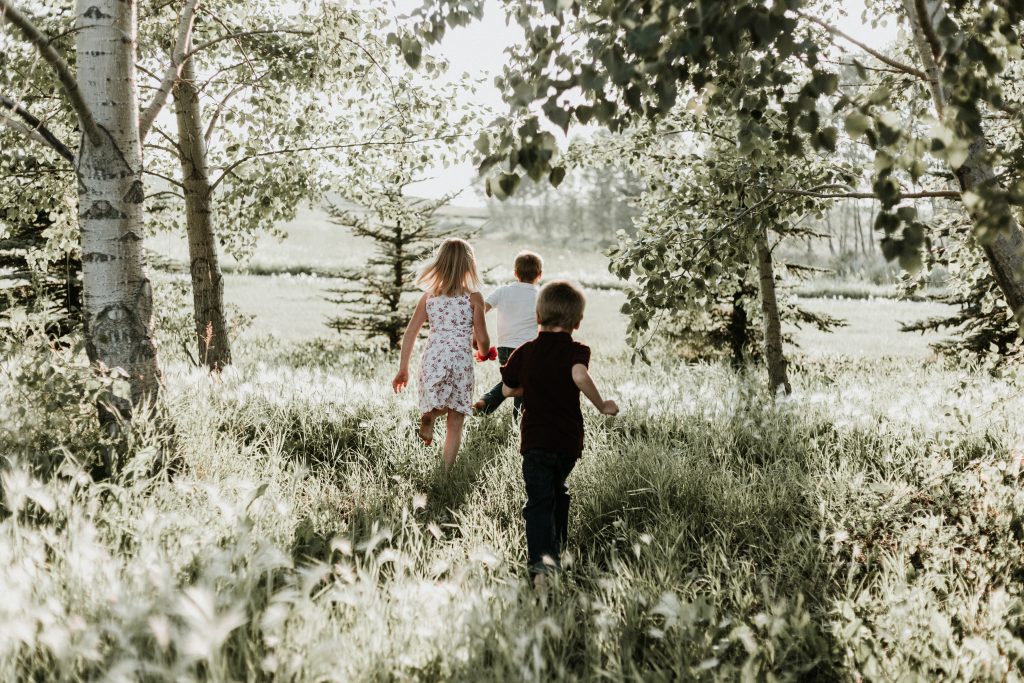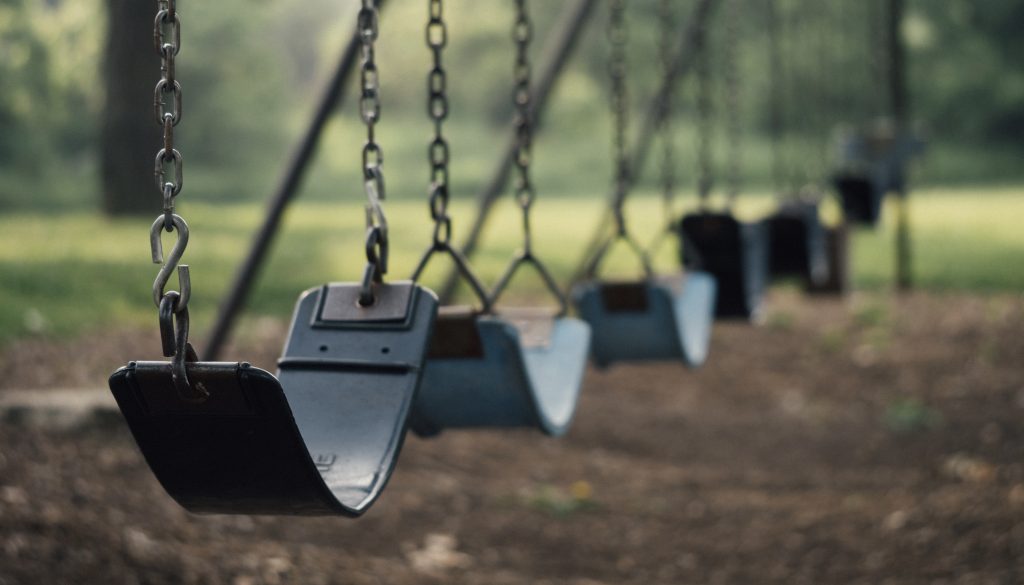In our readings this week, we explored how childhood was reconstructed throughout the second half of the twentieth century and how the education system reverted back to the basics of learning through educational reforms. As students and educators in present-day British Columbia, we are currently experiencing similar reconfiguring of the provincial curriculum in an effort to teach children in a more effective manner. As demonstrated in the class readings, it is next to impossible to find a standardized curriculum that appeases all students and their families. It is evident that demographics play into curriculum development, and that there is not a “one-size-fits-all” method of teaching children.
One example of curriculum that was specific to the location in which is was taught is presented in Nancy Janovicek’s article, “The Community School Literally Takes Place in the Community’: Alternative Education in the Back-to-the-Land Movement in the West Kootenays, 1959 to 1980.” In this article, Janovicek explores the “back-to-land movement,” which was “fundamentally an attempt to create alternatives to destructive economic and political developments that they associated with overcrowded, pol- luted, and increasingly violent cities.” [1] As a result, “self-education, self-reliance and local control over governance and resources were central tenets of the counterculture.” [2] According to Janovicek, the small and isolated community of Argenta began their own schools where “Quaker observation was the core value of the [Argenta Friends] school. In adherence to the Quaker consensus model, students had equal voice in administration and curriculum development.” [3] By encouraging children of the Argenta community to attend the Argenta Friends school, parents hoped it would encourage their children to have the same beliefs as them as they sheltered from the outside culture. Janovicek continues, “Practical skills that were essential to a self-sufficient rural lifestyle were an essential component of an education that sought to develop the whole person. The parents and teachers believed that teaching young people to become independent and self- reliant was best achieved in a less structured setting than the public school system.” [4]
In contrast to this approach of education is provincial curriculum that “emphasizes learning outcome.” [5] According to Carol Anne Wien and Curt Dudley-Marling, authors of “Limited Vision: The Ontario Curriculum and Outcomes-Based Learning,” “It is logical to evaluate what is learned by students as opposed to what is taught by teachers, but implicit in approaches to education that rely on standardized, measurable outcomes is rarely made explicit by educational policy makers.” [6] Instead of focussing on the unique needs of the individual students in the classroom and the unique resources of each community, the standardized curriculum, such as The Ontario Curriculum, Grades 1-8, results in “the vision of the learning [shifting] from active participant to passive recipient, the assumption being that the learner is a receptacle for storing what has been learned.” [7] Wien and Dudley-Marling continue, “The vision of the learner that ultimately emerges from the Ontario curriculum, because of the force of ‘students will,’ is a vision of a machine. Dehumanizing and demoralizing for everyone, it is also ultimately immoral, because a machine has no responsibility.” [8]
As demonstrated in these articles, which only touch on two different approaches to educating children, there has long been disagreements on what is the most effective way of teaching children. Through the evidence demonstrated in these articles, along with the rest that we read in our readings this week, there is not a “one-size-fits-all” approach to education, and it takes collaboration and open-mindedness to effectively reach children of all demographics. These issues continue in the present-day education system as educators and curriculum developers across the country attempt to design and redesign curriculum in order to accommodate diversity.
[1] Nancy Janovicek, “The community school literally takes place in the community’: Alternative Education in the Back-to-the-Land Movement in the West Kootenays, 1959 to 1980,” Historical Studies in Education, 24, 1 (Spring 2012): 152.
[2] Ibid.
[3] Ibid., 159.
[4] Ibid., 160.
[5] Carol Anne Wien and Curt Dudley-Marling, “Limited Vision: The Ontario Curriculum and Outcomes-Based Learning,” in Sara Burke and Patrice Milewski (Eds.), Schooling in Transition: Readings in the Canadian History of Education, Toronto: University of Toronto Press, 2012: 401.
[6] Ibid.
[7] Ibid., 403.
[8] Ibid., 404.







